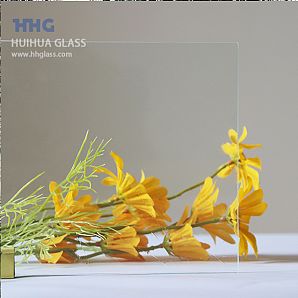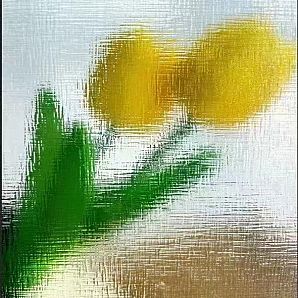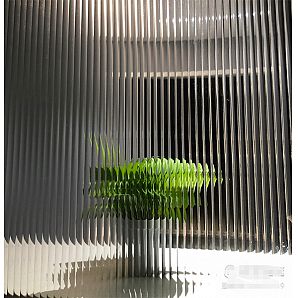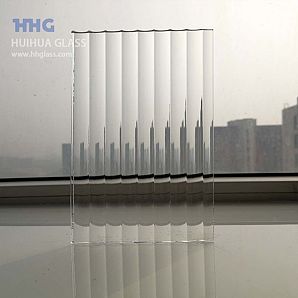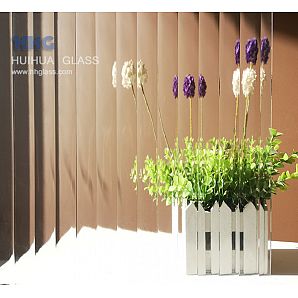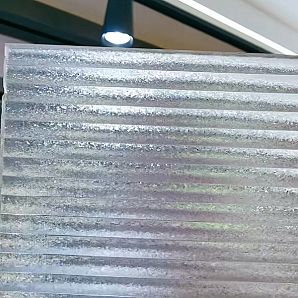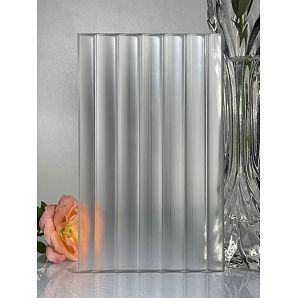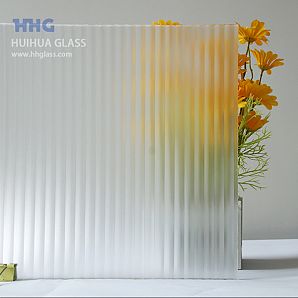Energy-saving and environmental protection, people's home happy; trillion market, looking forward to the first win enterprises; the government's new policy, reproduce the bright moon. Passive Architecture - New Dawn of Benefiting the People, Benefiting Enterprises and Benefiting the Country.
Energy saving glass
With the introduction of relevant policies on green building, building energy efficiency issues have been put on the important agenda of governments at all levels. As we all know, building energy consumption accounts for 30% of the total national energy consumption. In the annual energy consumption of public buildings, about 40%~60% is consumed in the air conditioning refrigeration and heating system. In this part of energy consumption, about 20%~50% is consumed by the heat transfer of the outer envelope structure, and the heat transfer through glass accounts for 40% of the building energy consumption. Therefore, energy saving of doors and windows is particularly important. In public buildings, large-scale use of glass exterior walls has become a trend, and the state also explicitly requires that new public buildings should widely use low-E glass, vacuum glass, hollow glass and other energy-saving materials. In building, glass curtain wall and doors and windows are the main parts of heat transfer, so how to choose energy-saving glass correctly and reduce the energy consumption of glass loss to the minimum is an important problem that must be solved in architectural design. At the same time, how to achieve green energy-saving transformation of existing buildings is also a matter of great concern to the government and society.
Based on the characteristics of glass, there are two important indexes, i.e. heat transfer coefficient U and sunshade coefficient. In practice, heat transfer coefficient is a general parameter of enclosure material. The lower the heat transfer coefficient of glass, the less the environmental heat transferred through glass. Whether in winter or summer, the lower the heat transfer coefficient of glass is, the better it is. Building energy conservation. The shading coefficient is a special parameter of glass as enclosure material. The lower the shading coefficient is, the less solar energy transmitted through glass. Therefore, the lower the sunshade coefficient is, the better the building energy saving. For the cold area, the long winter, a large amount of solar energy obtained through glass can increase the indoor temperature, while reducing the building heating energy consumption. In hot summer and warm winter areas, the stronger the sunshine in summer, the higher the energy consumption of building refrigeration. The lower the shading coefficient of glass, the less the solar energy transmitted through glass, the more conducive to building refrigeration energy saving.
Therefore, the reasonable setting of shading coefficient of glass is conducive to building energy saving. Low-E hollow glass is widely used in public buildings. Its main feature is high reflection of the main far-infrared ray, so it can prevent the transfer of environmental heat through glass. Especially the double silver low-E hollow glass, because of the increase of air or inert gas barrier, not only has low heat transfer coefficient and good thermal insulation performance, but also its sunshade coefficient can be reduced to 0.30-0.60. Its thermal insulation performance is very good, which can meet the general requirements of the "Design Standard for Energy Conservation of Public Buildings" for glass heat transfer coefficient and sunshade coefficient in any area.
However, the problems of low-E glass itself are also very prominent, such as: the investment cost of high-transparency double silver and three silver low-E is huge, the product price is high, the cutting loss is large; it can not carry out after-loading market transformation; light pollution; it is not safe glass; single glass low-E oxidation decolorization, loss of thermal insulation efficiency and so on. At present, the demand for upgrading a large number of online single glass Low-E curtain walls and single silver, Low-E curtain walls with poor quality has been highlighted. For the existing building Low-E glass transformation market, one of the effective ways to further improve the efficiency of glass insulation is to actively promote the glass coating technology, that is, in the existing Low-E hollow or single glass four sides, directly apply a layer of nano thermal insulation coating to achieve the thermal insulation effect. 。 Shenzhen Dehou Technology Co., Ltd. combines the self-developed nano-functional materials technology with the leading domestic and international level, combined with the market application in recent 10 years, puts forward several choices and future directions of building energy-saving glass technology for low-cost low-E glass applications.
一, in the hot summer and warm winter southern region, the new buildings directly adopt the low-E+insulating coated hollow glass with low cost. The unique nano-insulating material is used to coat the glass surface to form insulating glass. The coated glass can block more than 80% near infrared light and 100% ultraviolet light. The visible light transmittance reaches more than 85%. A large number of infrared light is reflected by two low-E glasses, and the remaining transmittance is achieved. The excessive and multiple radiation heat is absorbed by the coated glass on three surfaces, which greatly reduces the secondary radiation and achieves the best thermal insulation effect. For existing buildings, indoor coating can be carried out directly. At present, glass nano-thermal insulation materials are mature products, simple construction technology and suitable for market promotion. Glass coating technology is widely used. The cost of coating can enter the Yuan Dynasty, and it can be widely used in civil buildings.
二. For the northern region with hot summer and cold winter, the way of insulating tempered glass + low-E low-cost hollow glass can be adopted at present. The outer tempered glass is coated with insulating coating on two sides, which blocks the main infrared heat and 100% ultraviolet ray. The heat energy produced by secondary radiation is reflected by three sides of low-E glass.
三. For the civil residential market, considering the construction cost and other factors, in order to achieve the green building standards, it is suggested to use ordinary hollow tempered glass offline three-sided thermal insulation coating technology to maximize the energy efficiency of building waves.
四, the direction of building glass in the future. By using vanadium dioxide glue glass + tempered white glass hollow glass, using the material phase transformation characteristics of vanadium dioxide material, infrared heat is blocked in summer, and infrared heat is used in winter, which makes it a real intelligent glass with warm winter and cool summer. At present, the vanadium dioxide coating developed by Dehou Science and Technology has achieved good adhesion on glass, and the phase transformation temperature has reached 30 degrees. Especially according to the characteristics of northern climate, different latitudes can be achieved in the future, and different phase transition temperatures can be set in insulating glass to achieve the best effect of energy-saving windows.

